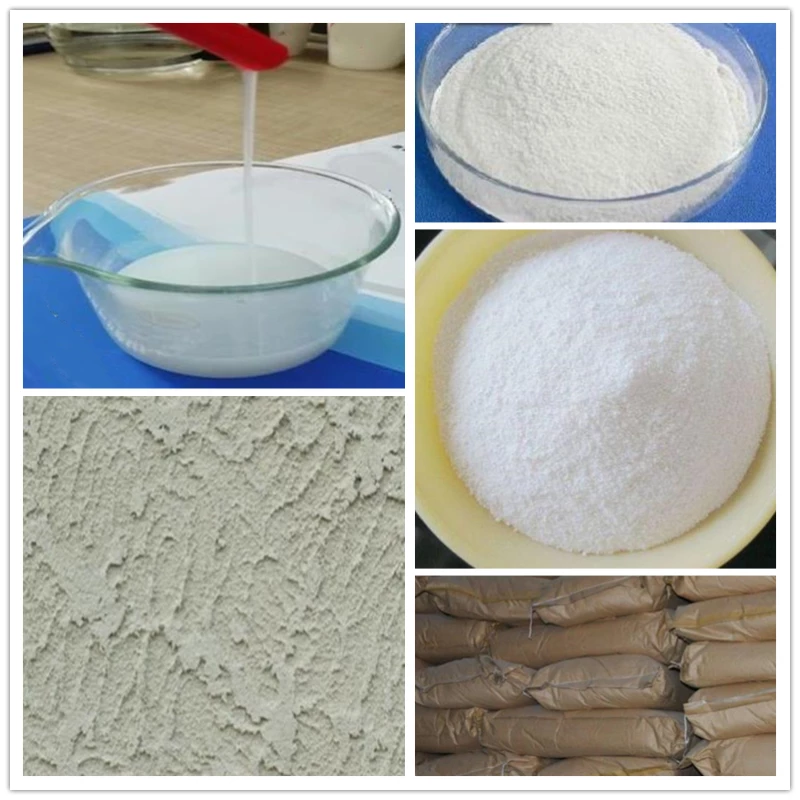Hydroxyethyl Cellulose (HEC)
Hydroxyethyl Cellulose, HEC
CAS NO 9004-62-0
Product Description
- Hydroxyethyl Cellulose is a non-ionic water-soluble cellulose ether. It has the appearance of a white powder and is non-toxic, tasteless, and soluble in hot and cold water.
- HEC has a very wide range of viscosity, and the product has very good transparency and biological stability. Compared with general HEC, it has better thickening, water retention and leveling properties. It has excellent performance in water-based coatings and oil drilling applications. At the same time, HEC is also widely used in agriculture, building materials, PVC polymerization, textile industry, cosmetics and detergents and other daily chemicals.
Molecular structure

Specifiation
- Appearance White or off-white powder
- Viscosity(mPa.s Brookfield,2% solution 25℃) 150-200,000
- Water(%) ≤6.0
- Ash(%) ≤5.0
- PH value 5.5-7.0
- 80 mesh throughput (particle size is about 180 µm) ≥95%
|
|
||||||||
|
Introdution
Add: Jingsan Road, Zhengzhou 450008, China |
We have more categories for you. lf you can't find the products you want above,just fill in the form and tell us whatproducts you want to import from China.















